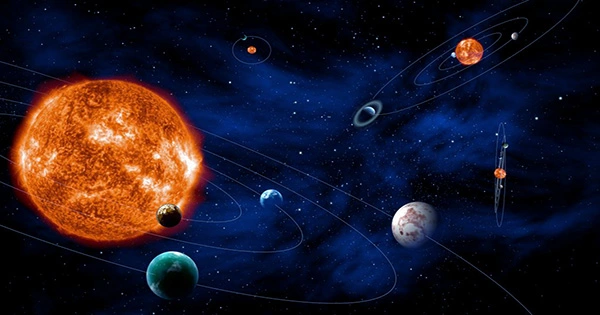Vehicles powered by diesel emit significant carbon emissions that are difficult to decarbonize. According to the United States Energy Information Administration, diesel fuel use in 2022 accounted for roughly one-fourth of total U.S. transportation carbon dioxide emissions and one-tenth of total energy-related carbon dioxide emissions.
Joshua Yuan, the Lucy & Stanley Lopata Professor and chair of the Department of Energy, Environmental & Chemical Engineering in the McKelvey School of Engineering at Washington University in St. Louis, and Susie Dai, a MizzouForward Professor of Chemical and Biomedical Engineering at the University of Missouri, and their collaborators at Texas A&M University, have used electrocatalysis of carbon dioxide to create an electro-biodiesel that is 45 times more efficient and uses 45 times less land than soybean-based biodiesel production. Results of their work are published online in Joule.
“This novel idea can be applied to the circular economy to manufacture emission-negative fuels, chemicals, materials and food ingredients at a much higher efficiency than photosynthesis and with fewer carbon emissions than petrochemicals,” said Yuan, who began the work with Dai at Texas A&M University. “We have systemically addressed the challenges in electro-biomanufacturing by identifying the metabolic and biochemical limits of diatomic carbon use and have overcome these limits.”
This research proves the concept for a broad platform for highly efficient conversion of renewable energy into chemicals, fuels and materials to address the fundamental limits of human civilization.
Joshua Yuan
The scientists employed electrocatalysis, a type of chemical reaction in which electrons are transferred to and from reactants on catalyst surfaces, to transform carbon dioxide into biocompatible intermediates like acetate and ethanol. Microbes then converted the intermediates into lipids, or fatty acids, which were eventually used as biodiesel feedstock, according to Yuan, who also directs the National Science Foundation-funded Carbon Utilization Redesign for Biomanufacturing-Empowered Decarbonization (CURB) Engineering Research Center (ERC).
The novel microbial and catalyst process developed by Yuan, Dai and their teams allowed their electro-biodiesel to reach 4.5% solar-to-molecule efficiency for converting carbon dioxide to lipid, which is considerably more efficient than biodiesel[BM1] . Nature photosynthesis in land plants is normally below 1%, where less than 1% of sunlight energy is converted to plant biomass by converting CO2 to diverse molecules for plant growth, Yuan explained.
“The amount of energy diverted to the biodiesel precursor, lipid, is even lower as lipid has high energy intensity,” he said. “On the contrary, the electro-biodiesel process can convert 4.5% of solar energy to lipids when a solar panel is used to produce electricity to drive electrocatalysis, which is much higher than the natural photosynthetic process.”

To prompt the electrocatalysis, the team designed a new zinc- and copper-based catalyst that produces diatomic carbon intermediates that could be converted into lipids with an engineered strain of the Rhodococcus jostiii (RHA1) bacterium, known to produce high lipid content. This strain also boosted the metabolic potential of ethanol, which could help to prompt conversion of acetate, an intermediate, to the fatty acid.
After establishing the unique procedure, the team assessed its impact on climate change and discovered encouraging results. By using renewable resources for electrocatalysis, the electro-biodiesel process might reduce 1.57 grams of carbon dioxide every gram of electro-biodiesel produced with biomass, ethylene, and other byproducts, potentially resulting in negative emissions. In comparison, traditional diesel production from petroleum emits 0.52 grams of CO2 per gram, whereas biodiesel synthesis processes emit 2.5 to 9.9 grams of CO2 every gram of lipids generated.
“This research proves the concept for a broad platform for highly efficient conversion of renewable energy into chemicals, fuels and materials to address the fundamental limits of human civilization,” Yuan said. “This process could relieve the biodiesel feedstock shortage and transform broad, renewable fuel, chemical and material manufacturing by achieving independence from fossil fuel in the sectors that are fossil-fuel dependent, such as long-range heavy-duty vehicles and aircraft.”
















